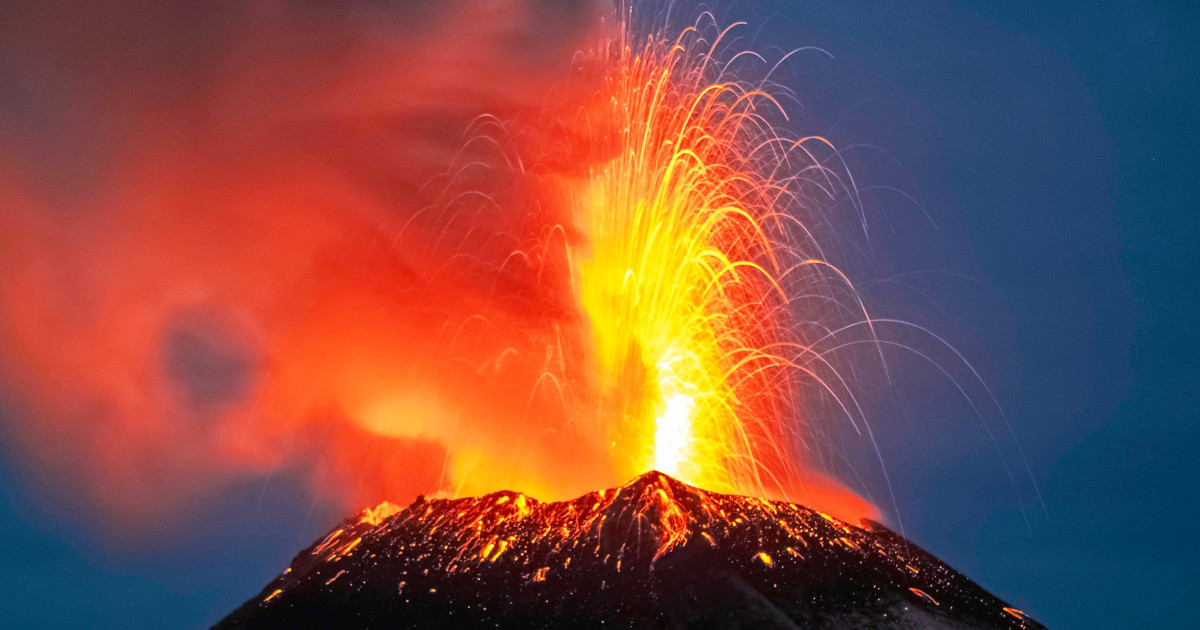Key takeaways:
- The Popocatépetl volcano in Mexico City has caused over 100 flight cancellations and delays due to its spring outbursts.
- NASA and USGS satellites have captured images of the volcano’s activity.
- The Mexican government is monitoring the situation closely and advising residents to take precautions.
Mexico City was affected by the Popocatépetl volcano on Monday, after the National Center for Disaster Prevention raised the alert level to “yellow phase 3” on Sunday. This level is just below the “red” alarm level, and indicates low to intermediate explosive eruptive activity, mild to moderate explosions that can hurl rock fragments, and light to moderate ash falling in surrounding towns and more distant cities.
AeroMexico, the country’s national airline, blamed the 17,887-foot volcano’s spring outbursts for affecting more than 100 of its flights across the nation. NASA scientists noted the activity coming from the volcano, named “smoking mountain” in Nahuatl, the language of the Aztec people, on April 14. A satellite operated by NASA and the U.S. Geological Survey captured images of some of the volcano’s spring outburst, and Mexican scientists estimated that 25 million people live in a 60-mile radius of the volcano.
Sergio Salomón, governor of the Mexican state of Puebla, held a meeting of his advisors on Monday to plan a response to the eruptions should they continue during the week. The volcano has been spewing smoke and ash, causing flight cancellations and delays.
The Mexican government is monitoring the situation closely and is prepared to take action if necessary. In the meantime, residents in the area are advised to take precautions and stay informed of any updates.



Be First to Comment